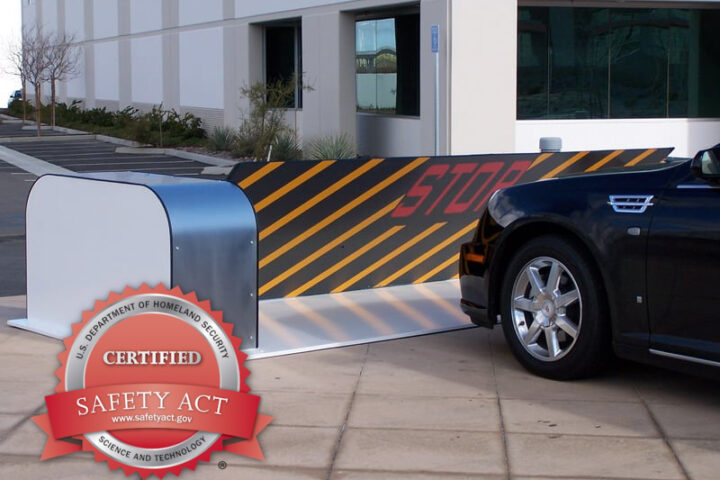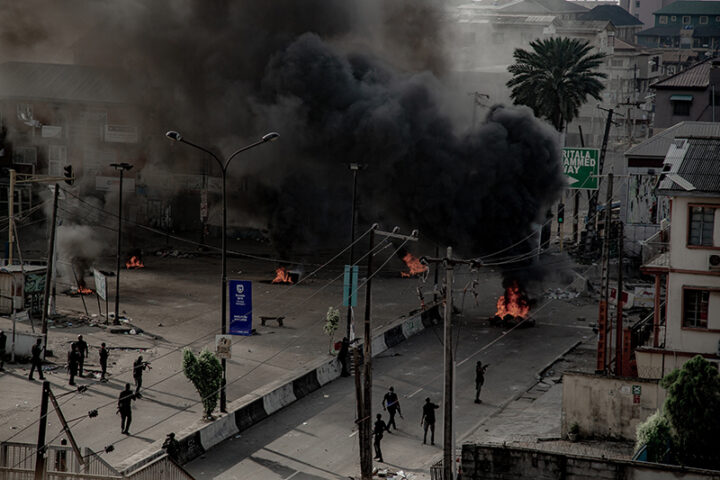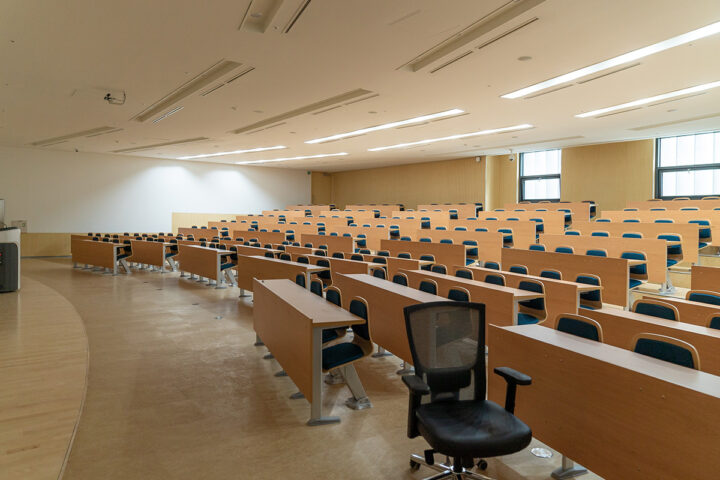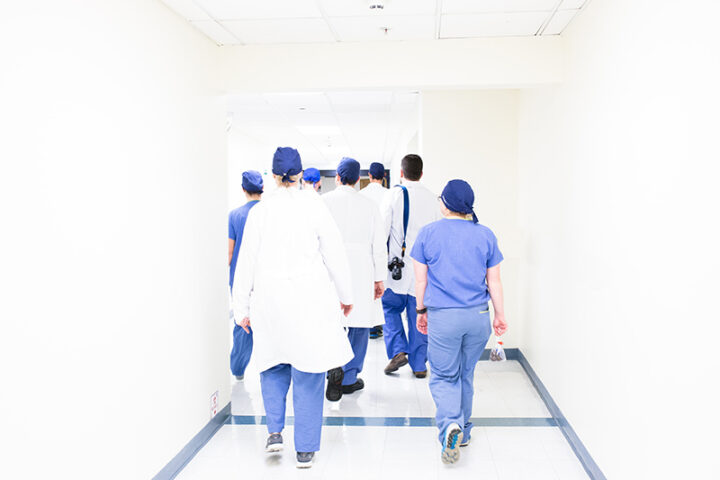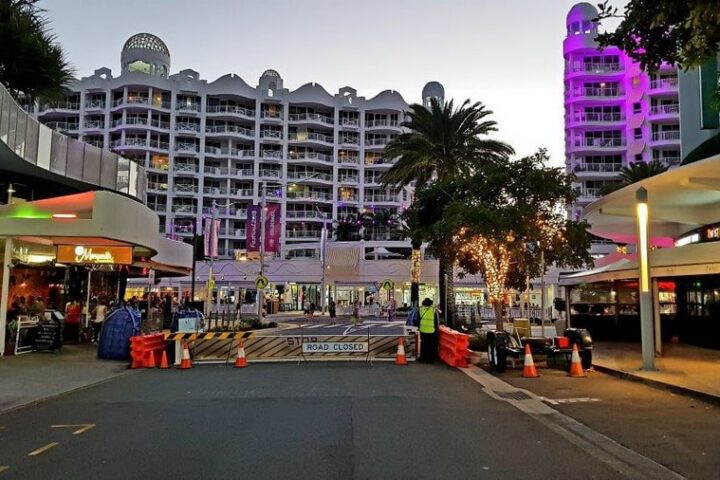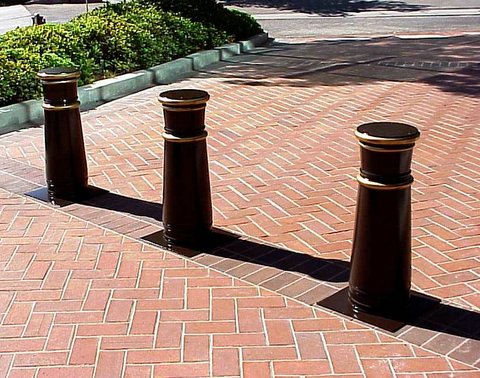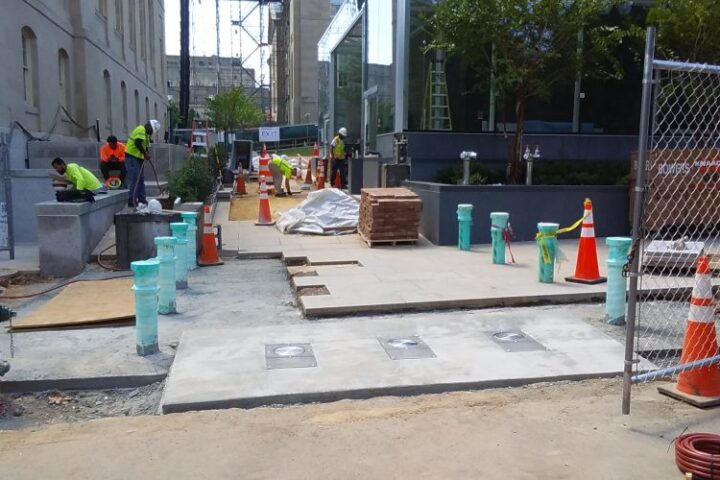It has been over 25 years since the attack on the Murrah Federal Building in Oklahoma City, one of the most significant terrorist attacks involving a vehicle up to that point. The world seems more dangerous now in many ways. News stories about terrorists weaponizing vehicles by driving them at high speeds into pedestrian areas as outdoor events are becoming more commonplace.
SAFETY Act Certification and Why It Matters to You
Active and passive barriers from Delta Scientific provide protection from high-speed vehicle attack. Because the protection they offer is so consistent, 16 of our products, including bollards, barricades, and crash gates, have received SAFETY Act Certification from the Department of Homeland Security. Essentially, this means that our products not only provide you physical security but legal protection as well.
4 Top National and Global Security Threats of 2020
Physical Security of University Campus During Virtual Learning
As the COVID-19 pandemic continues, the start of another school year has brought uncertainty to many college and university campuses across the country. Institutions of higher education have debated the correct way to mitigate the threat of exposure to the potentially deadly virus while meeting the educational needs of all students. Based on guidance from the Centers for Disease Control and Prevention, most have either adopted a hybrid learning model, combining in-person instruction with virtual learning, or gone to virtual learning only. According to the CDC, the risk of transmission with hybrid learning is low to medium. Virtual-only instruction represents the lowest risk of infection with COVID-19.
Controlling Access to Warehouse and Manufacturing Sites Protects Supply Chain
Manufacturing facilities and warehouses each represent a vital link in the supply chain. When something disrupts operations at these sites, such as a security threat, it can slow or temporarily stop the movement of goods and services to the hands of the consumer. This results in customer frustration and lost revenue.
How Security Bollards Can Help Keep Eyes on the Street in Pedestrian Areas
Journalist Jane Jacobs developed the concept of “eyes on the street” as it relates to public safety over 50 years ago. The theory holds that pedestrians tend to feel safe in public places that attract a lot of people because the crowds perform informal surveillance of the area and can draw attention to any potential threats. According to the theory, to draw the necessary numbers of pedestrians to keep “eyes on the street,” the public space and the area around it must be accessible and attractive.
Enhancing Physical Security for Health Care Facilities During COVID Response
During a public health crisis such as the COVID-19 pandemic, medical facilities and personnel are even more critical than usual. While trying to care for patients infected with the novel coronavirus, health care providers have faced challenges such as lack of personal protective equipment, insufficient supplies of respirators, and overwork, as well as the risk of contracting the illness themselves or passing it on to their families.
Portable Barriers Protect Voting Sites on Election Day
Voting is a precious right; the core of our democracy in the United States. Officials for the 2020 election continue to face challenges related to the COVID-19 pandemic and the possibility of foreign cyberattacks. Election boards contending with these legitimate concerns should not neglect the physical security of each polling location.
Bollards Provide Aesthetically Pleasing Protection to Public Buildings
The last six years have seen an alarming trend, both in the United States and abroad, in terroristic attacks using motor vehicles as weapons. These attacks have involved cars and trucks barrelling into large crowds, pedestrian areas, and college campuses. Potentially any soft target, such as sports stadiums, community centers, and government buildings, could see a vehicular attack.
The Art of Separation
Ensuring public safety should always be the driving force of security. Protecting both people and property from an attack can take more than rudimentary safeguards like fencing and traffic barriers. Mass demonstrations such as protests can put security teams at odds with these goals, but when intensive measures are taken, the response can project a tone of intimidation instead of protection. With the right tools and excellent preparation, any location can be ready to both safeguard people and property while also maintaining an air of professional authority.


